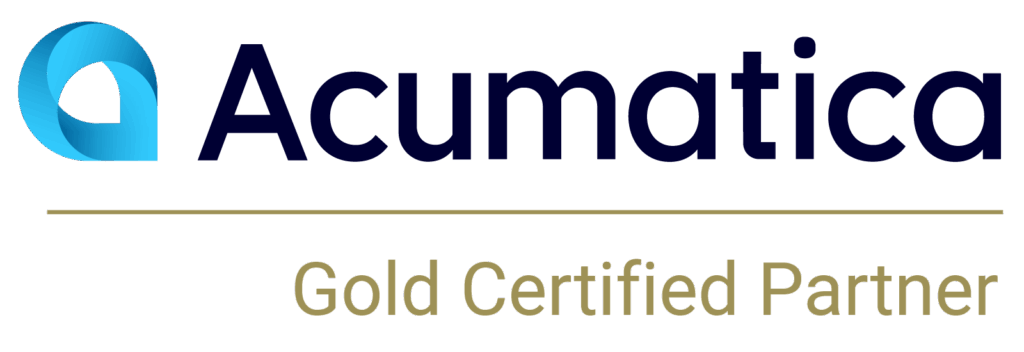Six ways Mining ERP continues to deliver value through the Closure and Reclamation phase
In an ideal world, mines would only close when their mineral resources are exhausted, but in the real world, there are many reasons when a mine may close prematurely—including economic conditions, geological factors and regulatory changes. Regardless of the cause, mining is inevitably a temporary activity—closure is a natural part of the mining lifecycle. In this series, we’ve been working our way through the five phases of a mining operation, digging deeper into the challenges inherent in each phase and unearthing the ways a Mining ERP can solve for those challenges. We’ve identified six ways Mining ERP helps you cap off the mine successfully and move on to the next big adventure—but first, a few quick words about the state of mine closures worldwide.
The state of the mine Closure and Reclamation phase
Canada has the largest number of active mineral exploration sites in the world with 532, followed by Australia (504) and Latin America (451). At some point, they all will close—even the big ones.
The Argyle mine in Western Australia produces 10-15% of the worlds’ diamonds and is the source of some of the rarest, most expensive gems in the world—pink, purple and red diamonds. Argyle, owned by Rio Tinto, opened in 1985 and will close in 2020. It seems, for the time being anyway, the world has enough diamonds.
Over the coming decade, an estimated 60 major mines and hundreds of smaller mines around the world will reach the end of their production life. By some estimates there are more than 350,000 abandoned mines in South Africa, Australia, Canada and the US.
The right technology for the Closure and Reclamation phase
Since mining companies must always operate with an end in sight, the Closure and Reclamation phase must be considered from the very beginning. Closure is a natural part of the mining life cycle, and with careful planning and the right technology tools, it can be accomplished efficiently, effectively and compliantly. Just like in each previous phase, Mining ERP can help mining companies move smoothly through the Closure and Reclamation phase, wrapping up operations in an accurate, efficient and compliant manner.
Just because your mining operations are starting to wind down does not mean the work ends. Many back office tasks gain in importance during the Closure phase, as any and all loose ends must be properly accounted for, and cost control becomes front and center as revenues drop off. The careful and deliberate process of closing a business entity requires careful and deliberate accounting practices. Your Mining ERP solution will continue to provide the visibility and controls necessary to see your operation through this phase and prepare it for the next project. Below, we’ve highlighted six of the most important ways a Mining ERP solution unearths measurable value during the all-important Closure and Reclamation phase.
- Project costing
As the mining operation enters the closure phase, it remains vital to have accurate real-time cost information on each project involving closure activities. Mining ERP software offers sophisticated project tracking capabilities that allow you to track costs in great detail, and review and analyze costs and revenues at both a project level and by individual cost center or task. You’ll gain deep insight into where costs are coming from, enabling you to keep closure projects on track and to more accurately budget future projects. - Human resources and
As your mine works toward closure, you will be charged with new and expanded human resource commitments as completion bonuses are paid, severance packages are negotiated and new assignments are determined. A human resource management solution (HRMS) is as important now as it’s been throughout operations. - Budget management
In order to keep stakeholders satisfied and your projects healthy as the operations winds down, you’ll need to continue monitoring your budget. A Mining ERP application provides the functionality needed to track and compare commitments and actual costs to your estimates and budgets ensuring you remain in control of the process during the final phase of each project’s lifecycle. - Asset accounting
During the closure and reclamation phase your assets will remain hard at work—and new assets may be deployed and others retired or re-deployed to the next site. Tracking asset maintenance, repair and usage remains important throughout this phase. - Investor relations
Investors in the mining industry understand if an operator fails to successfully close a mine, the expected investment returns will be negatively impacted. You’ll want to continue communications with stakeholders about the status of operations. An integrated customer/investor relationship management (CRM) application helps you maintain a seamless investor experience throughout the closure phase. - Tax management and compliance
Mine closure brings a whole new set of tax and compliance issues to the forefront. Most jurisdictions, including Canada, require a formal closure plan, including costs, timeline, mitigation and monitoring. Failure to comply lead to fines, cessation of activities or seizure of assets. Visibility and auditability are fundamental to both tax management and compliance. Mining ERP is continually working to collect the data you need to remain in compliance—and makes it securely accessible to the stakeholders who may need it.
Clearly, planning for and properly executing a mine’s closure is vital to its overall profitability—and of course your organization’s reputation and viability going forward. Mining ERP is one tool that serves your operation throughout the mining life cycle, continuing to add value at every phase.
Caron Mining Solutions is a comprehensive, powerful and easy-to-use mining industry ERP solution, built on Sage ERP software, that addresses the challenges modern mining operations face. Learn more about Caron Mining Solutions here, or by contacting us here.



